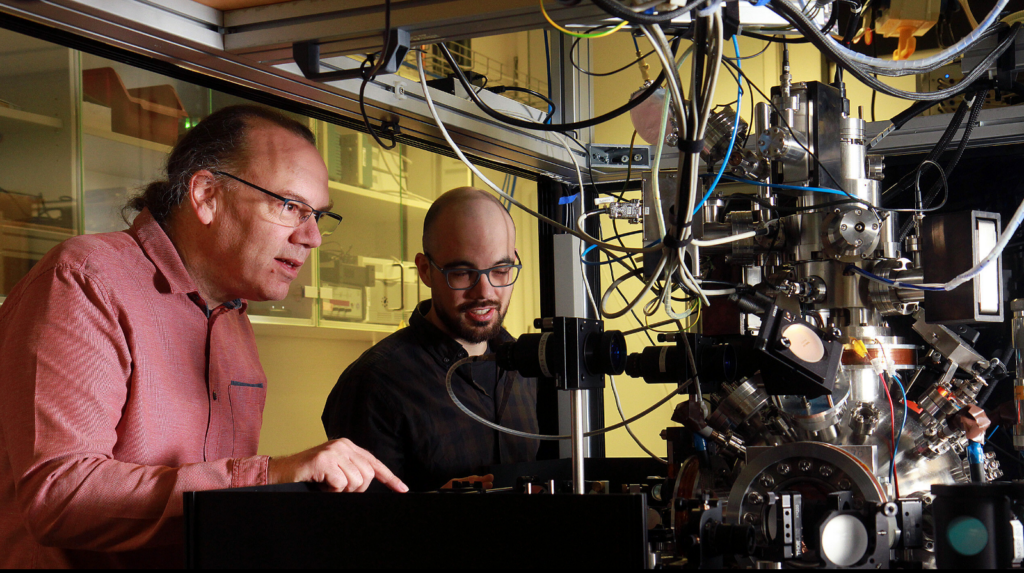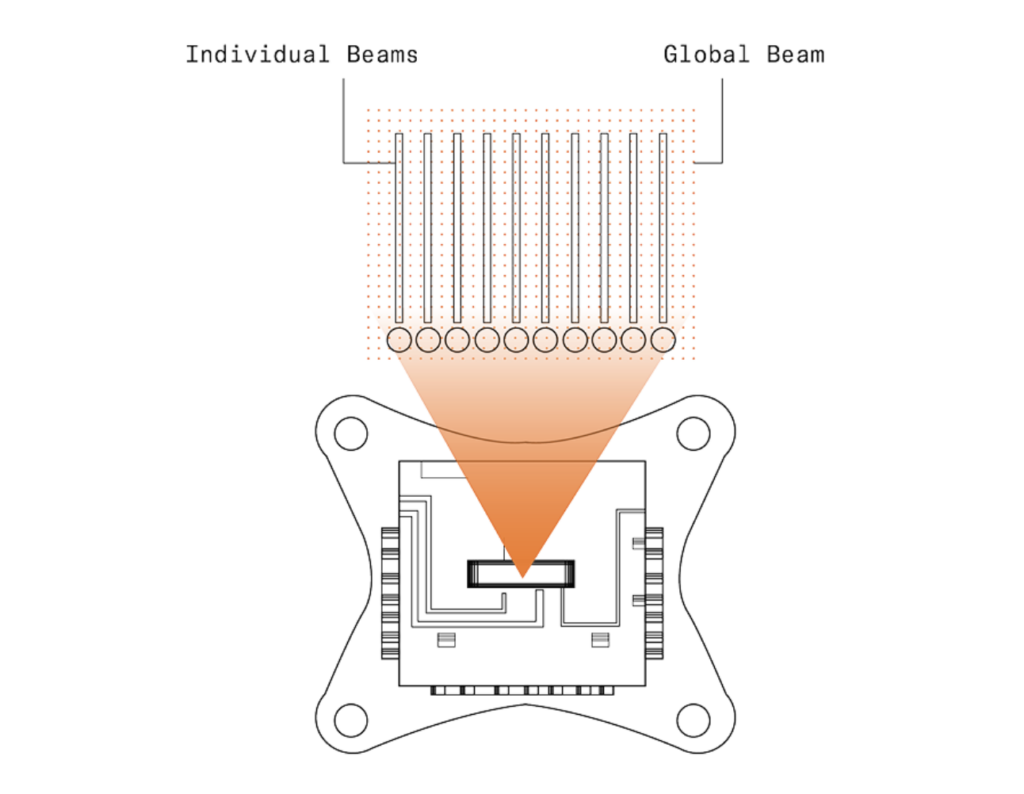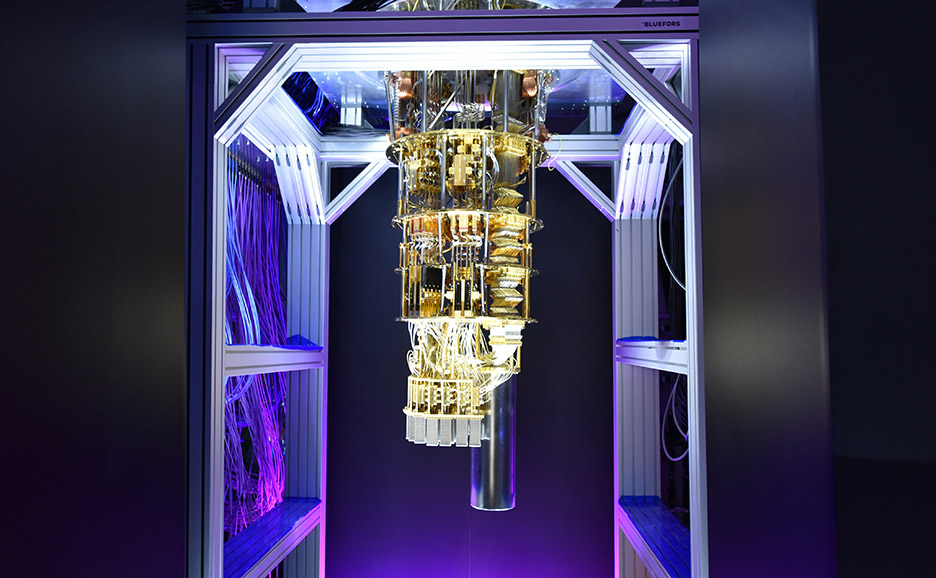Insider Brief
- QUBE, a 3U CubeSat designed by Germany’s Center for Telematics, was launched on SpaceX’s Transporter-11 Mission to explore quantum key distribution (QKD) technology in space.
- The CubeSat uses a miniaturized quantum random number generator (QRNG) to generate and transmit quantum states of light pulses for secure communication.
- The mission aims to test the viability of secure satellite-based quantum communication, addressing challenges such as precise pointing and signal integrity in space.
- Image: Center for Telematics
QUBE, a CubeSat designed by Germany’s Center for Telematics and equipped with a laser communications payload designed for quantum key distribution (QKD), is now in space as part of the Transporter-11 Mission, according to SpaceX. The mission, which took off on August 16, was facilitated by SpaceX’s Falcon 9 rocket from Vandenberg Space Force Base in California. This launch is part of SpaceX’s broader smallsat rideshare program, which has deployed over 1,000 small satellites for more than 130 customers.
QUBE’s primary objective is to explore the viability of secure communication links via quantum key distribution at a CubeSat scale, as outlined in the technical details provided by a previously published study. The project involves the downlink of strongly attenuated light pulses carrying encoded quantum information, which can be used to exchange encryption keys. The CubeSat, built using the UNISEC-Europe standard, is equipped with advanced reaction wheels for precise pointing and the DLR-OSIRIS optical downlink system, essential for the quantum communication experiments, according to the study, which was published in 2018.
At the heart of QUBE’s mission is a miniaturized quantum random number generator (QRNG) that generates sequences of numbers used to set the quantum states of light pulses. These pulses are then transmitted to the optical ground station, where they are received and analyzed. The system will also provide random numbers via an RF downlink, allowing researchers to evaluate link loss, noise, and errors in the quantum signal transmission, according to the study.

The quantum key distribution process is designed to detect any attempts at interception, a fundamental feature of quantum communication. The principle behind QKD is that any attempt to read the quantum states alters them, making such interceptions easily detectable.
“In QKD, due to the underlying quantum mechanics, any attempt of reading the quantum states will alter them, which makes interceptions easily detectable,” states the technical documentation from the project.
And here’s a fun fact for quantum enthusiasts who now must also be space enthusiasts: If the specs remain current from the study, Qube is considered a “3U,” which refers to the size of the CubeSat. The “U” stands for “Unit,” which is a standard measure used in the CubeSat design community. One “U” is a cube that measures 10 cm x 10 cm x 10 cm. A “3U” CubeSat, therefore, is a rectangular satellite that measures 10 cm x 10 cm x 30 cm, meaning it is three times the length of a standard 1U CubeSat. This designation helps standardize the size and form factor of small satellites.
Quantum in Space
The mission represents a significant step in testing QKD technology in space, a process that involves numerous challenges, particularly in the context of a CubeSat. One of the main hurdles is the precise attitude determination and control required for accurate pointing of the optical terminal, which must minimize signal losses during communication with the ground station.
“Implementing a QKD link between such a satellite and an optical ground station represents a considerable challenge,” the project’s technical study notes, citing the low power budget and the harsh environmental conditions that necessitate highly efficient, stable, and robust QKD components.
The QUBE mission is also notable for its use of integrated photonics technologies, which have been miniaturized to fit into the small satellite. Despite the progress in photonics and detector technologies, the mission still faces significant technical obstacles, particularly in ensuring the reliability and efficiency of the quantum communication components.
Projects like QUBE may be critical for developing secure communication methods that can withstand advances in computational technology, including the potential future capabilities of quantum computers. The success of QUBE could pave the way for more robust and secure satellite-based quantum communication systems, a field that is still in its nascent stages globally, according to the study abstract.

















